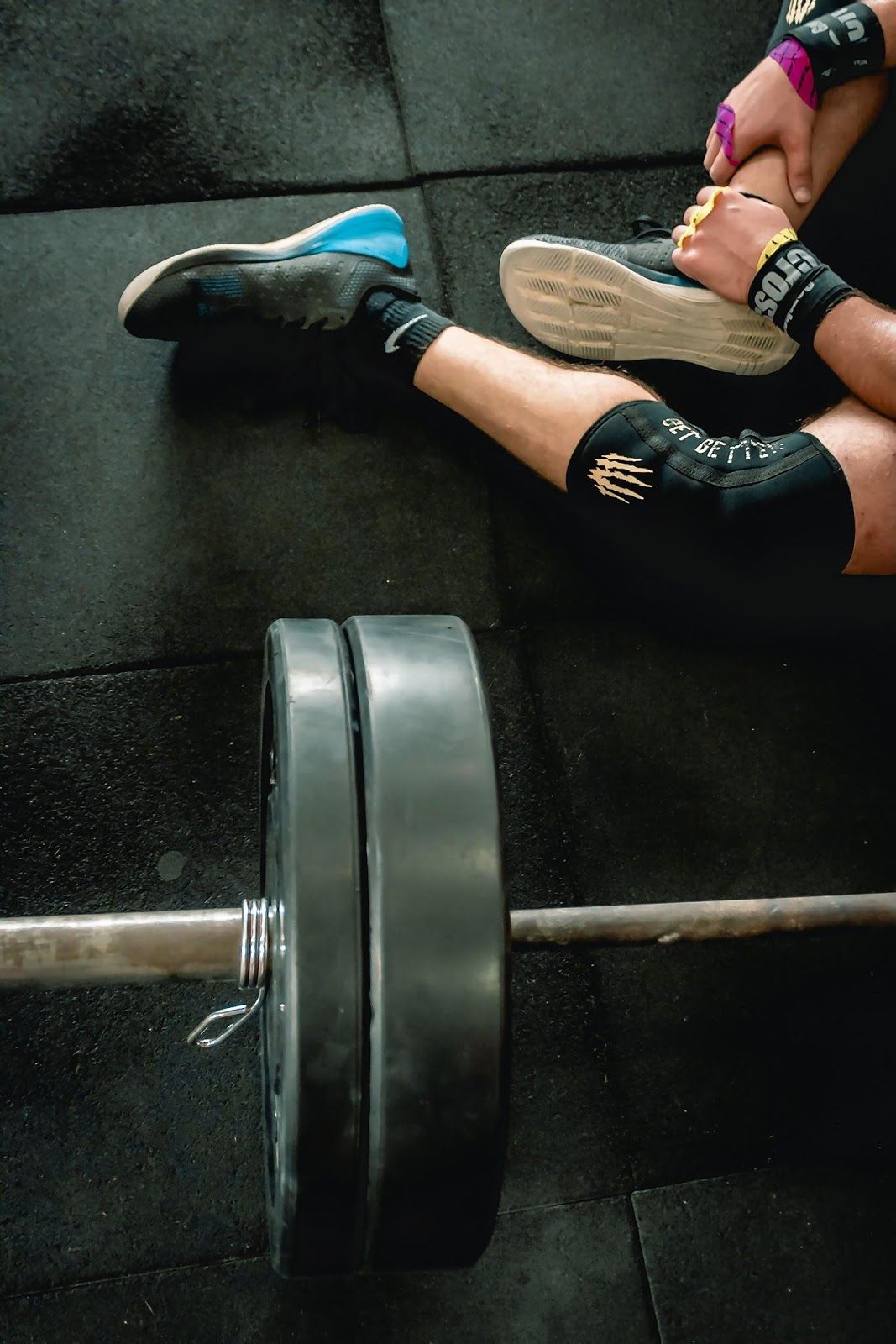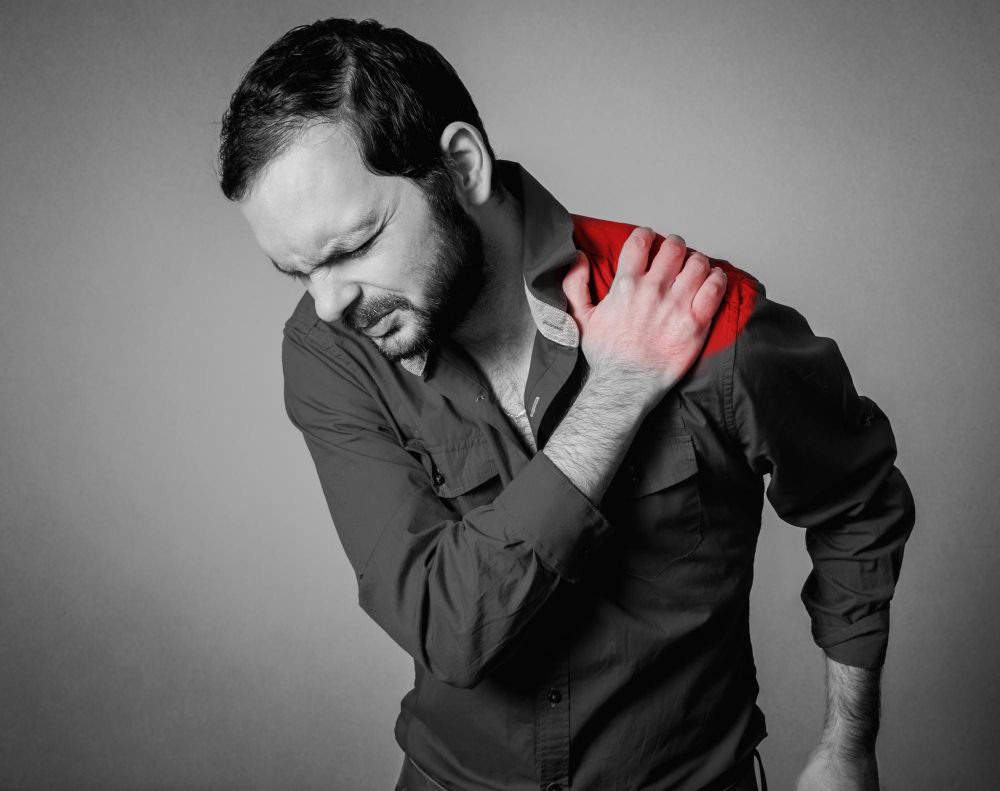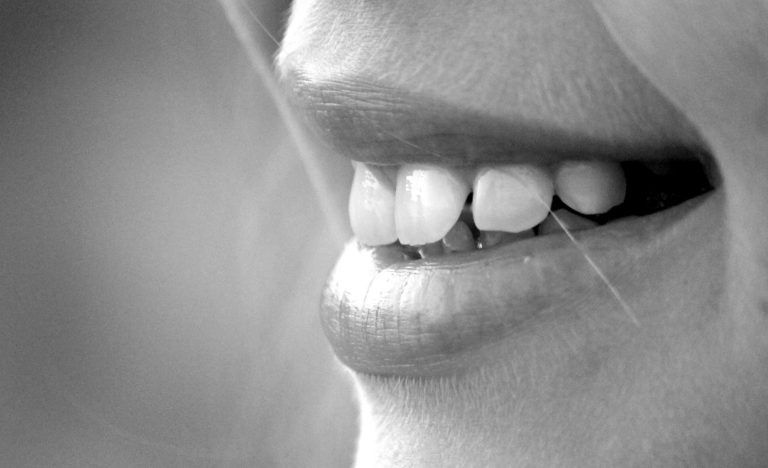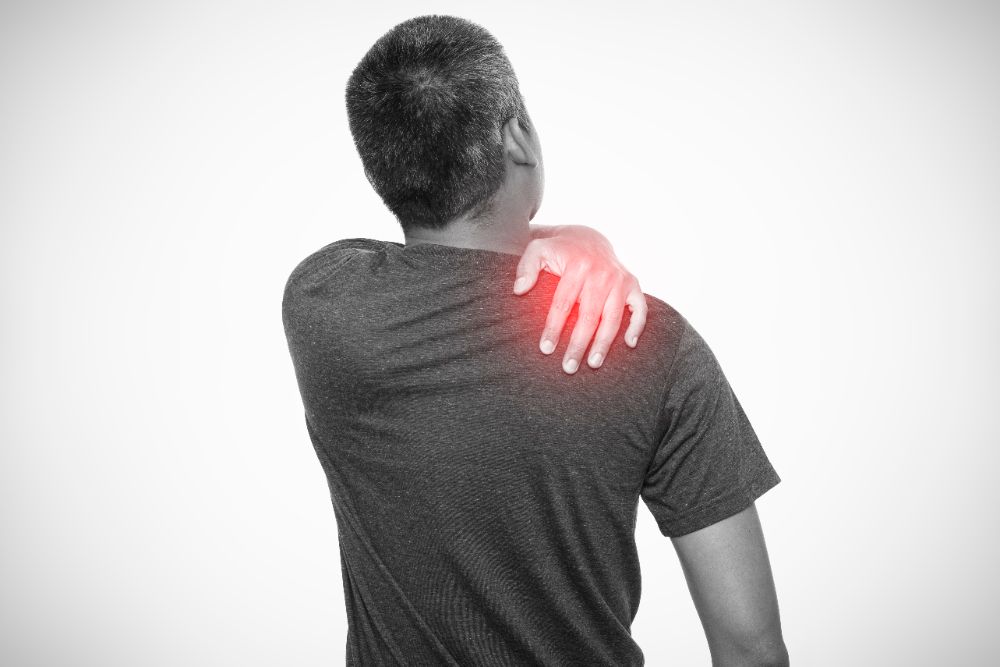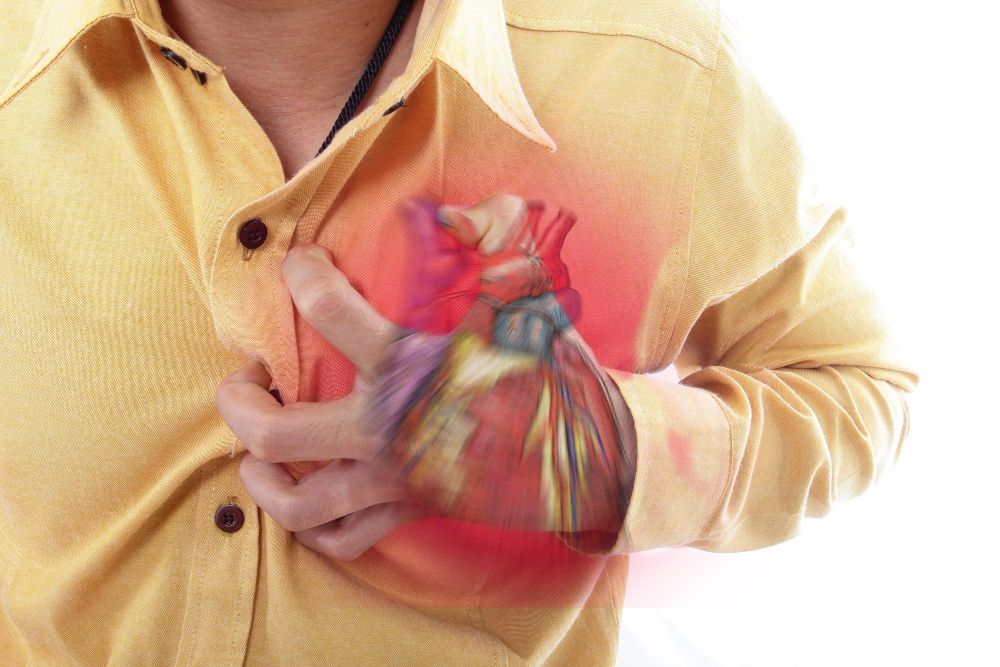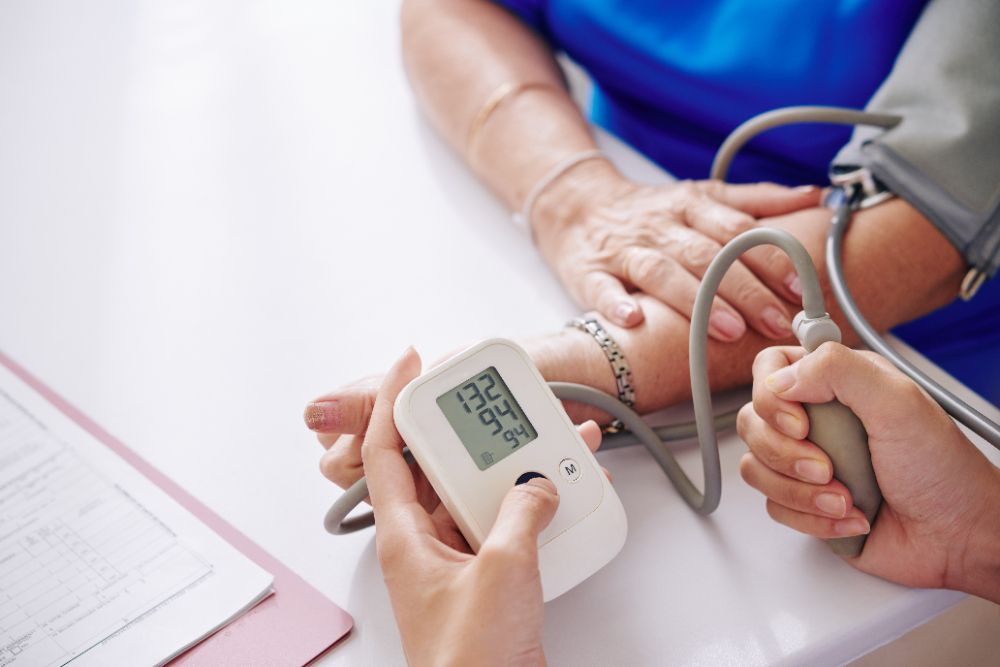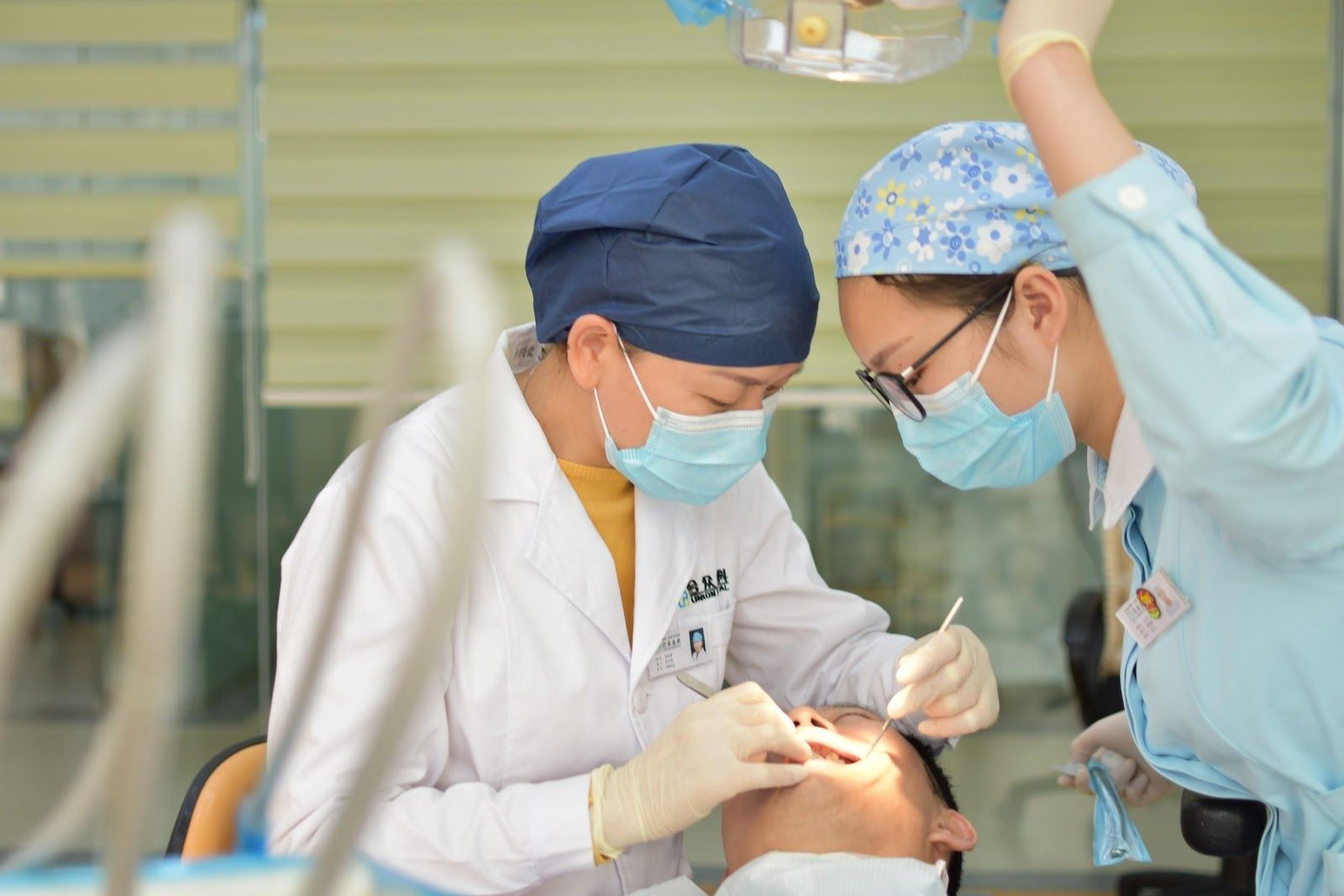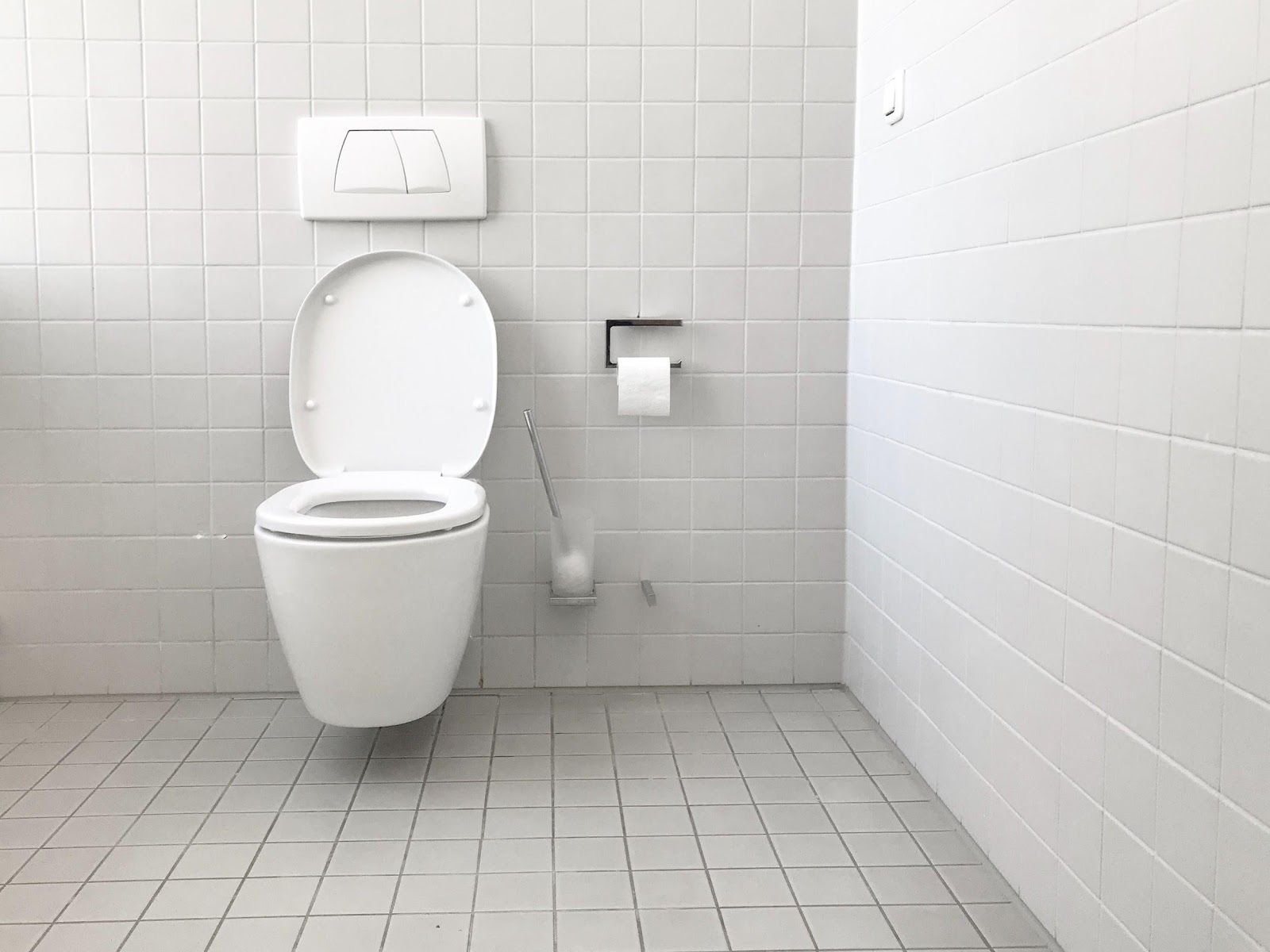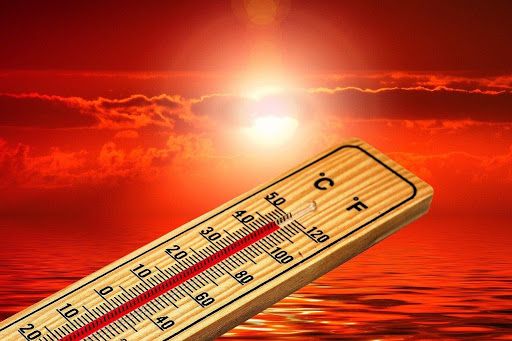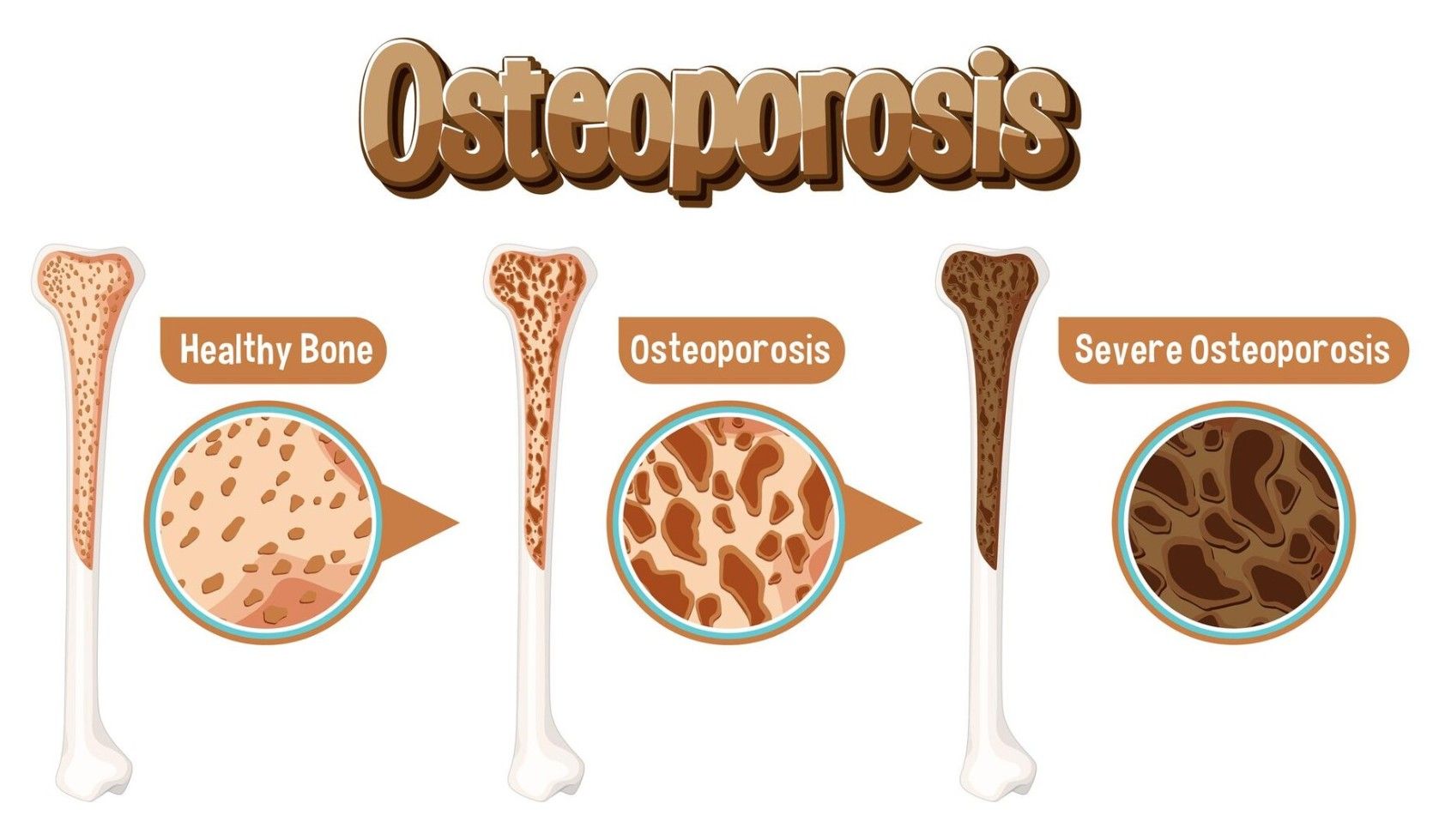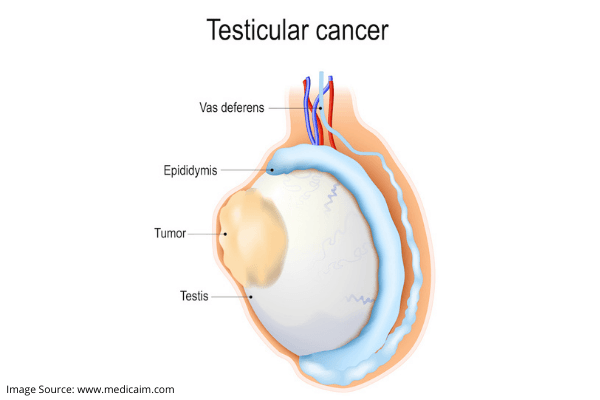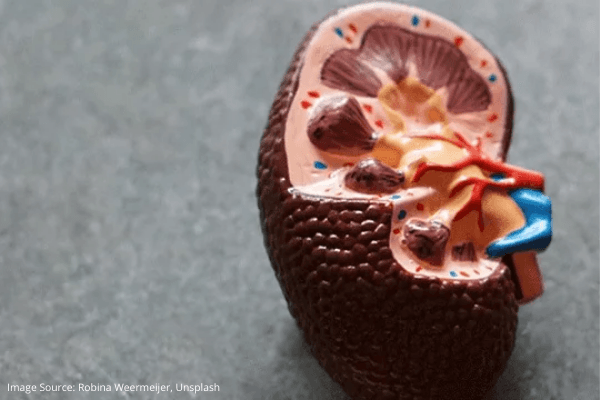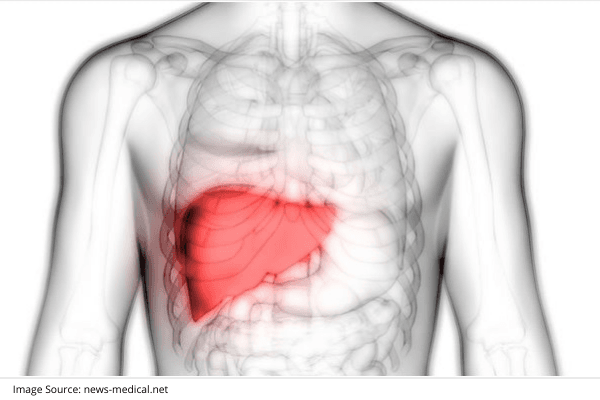Laparoscopic Hernia Repair: Minimizing Discomfort, Maximizing Recovery.
A Hernia is a medical condition where an organ or tissue protrudes through a weak spot or tear in the surrounding muscle or connective tissue, often causing a visible bulge or lump. Hernias, a common medical issue, can cause significant discomfort and impair an individual's quality of life. Fortunately, advances in surgical techniques have paved the way for minimally invasive procedures, including laparoscopic hernia repair. In this blog, we will delve into the world of laparoscopic hernia repair, exploring what it is, when it's recommended, how the procedure is performed, its benefits, and the recovery process.
** Understanding Laparoscopic Hernia Repair**
Laparoscopic hernia repair, also known as minimally invasive or keyhole hernia surgery, is a surgical technique used to repair various types of hernias. It involves the use of small incisions, specialized instruments, and a camera, known as a laparoscope, to repair the hernia from the inside. This approach offers an alternative to traditional open hernia surgery.
** When is Laparoscopic Hernia Repair Recommended?**
Laparoscopic hernia repair is typically recommended for the following scenarios:
Inguinal Hernias: Common in the groin area, inguinal hernias can often be repaired laparoscopically.
Ventral and Incisional Hernias: Hernias that occur at the site of a prior surgical incision or in the abdominal wall may be suitable for laparoscopic repair.
Hiatal Hernias: Laparoscopic repair is often recommended for hiatal hernias, which involve the upper part of the stomach pushing through the diaphragm into the chest.
Recurrent Hernias: Individuals who have experienced a recurrence of a hernia after a previous repair may be candidates for laparoscopic surgery.
The Laparoscopic Hernia Repair Procedure
The laparoscopic hernia repair procedure can be summarized in the following steps:
Anesthesia: The patient is placed under general anesthesia, ensuring they remain unconscious and pain-free during the operation.
Incisions: The surgeon creates small incisions in the abdominal area, typically ranging from half an inch to one inch in length.
Trocar Insertion: Trocars, which are hollow tubes, are inserted through these incisions. One of them carries the laparoscope, while the others are used to introduce surgical instruments.
Visualization: The laparoscope is connected to a video monitor, allowing the surgeon to view the interior of the abdomen and locate the hernia.
Mesh Placement: A synthetic mesh is used to reinforce and repair the hernia, preventing it from recurring.
Closure: Once the hernia is repaired, the small incisions are closed with sutures or staples, leaving minimal scarring.
Benefits of Laparoscopic Hernia Repair
Laparoscopic hernia repair offers several benefits compared to traditional open surgery:
Smaller Incisions: The smaller incisions result in less scarring and reduced post-operative pain.
Faster Recovery: Patients typically experience a quicker recovery, with shorter hospital stays and an earlier return to regular activities.
Lower Risk of Infection: Smaller incisions lead to a decreased risk of post-operative wound infections.
Reduced Post-Operative Pain: Patients often report less pain and discomfort after laparoscopic hernia repair.
Recovery and Post-Operative Care
Recovery following a laparoscopic hernia repair is generally straightforward:
Pain Management: Over-the-counter or prescribed pain medications are provided to manage any post-operative discomfort.
Diet and Hydration: Patients are advised to follow a soft diet initially and maintain good hydration.
Physical Activity: Strenuous activities should be avoided during the initial recovery period, allowing the surgical site to heal.
Follow-Up: Patients schedule follow-up appointments with their surgeon to monitor their progress and address any concerns.
Conclusion
Laparoscopic hernia repair is a modern, minimally invasive approach to treating various types of hernias, offering relief to those dealing with this painful condition. It is typically recommended for inguinal hernias, ventral and incisional hernias, hiatal hernias, and recurrent hernias. The procedure aims to repair the hernia while minimizing scarring and discomfort.
Recovery from a laparoscopic hernia repair is relatively straightforward, with pain management, diet adjustments, and physical activity restrictions. While complications and risks are possible, the procedure is generally safe and effective. If you suspect you have a hernia or are dealing with recurrent symptoms, consult with a healthcare professional to determine the most appropriate treatment plan, which may include a laparoscopic hernia repair. Overall, laparoscopic hernia repair offers hope for improved comfort and a faster return to regular activities for individuals affected by this common medical condition.
Ten Effective Remedies That You Can Refer to When You Are Suffering from Muscle Cramps
Finally starting off with the gym life can get too overwhelming until you hit those muscle cramps along with the weights.
Skin Tags - Benign Tumor or Cancerous Tumor?
Skin tag if observed is a narrow stalk that hangs about your skin, bulging at the end. They are usually freshly colored and can grow anywhere on your body.
Rotator Cuff Tear
A rotator cuff tear is a rotator cuff injury that can cause shoulder pain and loss of arm function. The rotator cuff is a set of muscles and tendons in your shoulder.
Importance of Parental Counselling
Right from the moment you tell your friends and family about your pregnancy, little hints keep coming your way on parenting your unborn child!
Taking Care of a Terminal Patient? Here Are Six Ways to Help Them to the Fullest
A terminally ill patient is someone who has a relatively short life expectancy. Terminally ill people are usually shifted from an actively curative medicinal regime
Stages of Tooth Decay and Their Treatment Options
Tooth decay refers to the degradation process of the structure of the tooth resulting in permanent damage.
12 Home Remedies for Dry Cough
The flu, common cold, asthma, cigarette smoke exposure, and other conditions can all cause a dry cough. Home remedies such as honey, peppermint, and air purifiers may be beneficial.
Shoulder Dislocation
Shoulder dislocation occurs when the bones of your shoulder joint are pushed or forced out of their normal positions.
5 Facts to Keep in Mind for Your Monthly Menstruation Cycle
Our menstruation indicates multiple activities within your body. Every month, your uterus forms a thicker lining for the ovary to release an egg for a possible pregnancy.
Different Types of Diabetes
Junk food and increasing physical activity are leading to a worldwide epidemic of obesity, resulting in diseases like diabetes
Dilated Cardiomyopathy
Dilated cardiomyopathy is a form of heart muscle illness in which the heart chambers (ventricles) weaken and stretch, becoming bigger.
Hypertension (High Blood Pressure)
High blood pressure, also known as hypertension, is a condition in which the blood flow against the inner walls of the arteries is persistently high.
3 Cosmetic Dentistry Procedures You Did Not Know About
Over the past few years, cosmetic dentistry has undergone significant evolution in society. With the increasing demand for cosmetic dentistry, it is no longer a luxury; it has become a necessity.
5 Lifestyle Changes That Will Help with Your Urinary Incontinence
Urinary Incontinence is quite a painful and embarrassing condition to have. It refers to the loss of bladder control, which can vary from a slight release of urine after sneezing, coughing, or laughing, to a complete inability to control urination.
5 Tips This Summer to Avoid Heatstroke
Certain jobs demand fieldwork in the scorching heat. The warm weather, bright sun, and the blue skies are not always an excellent working environment for them at all.
6 Home Remedies for Yeast and Vaginal Infections
Yeast infection is common among women. You might have had the experience of irritating soreness and itching that prolonged for days due to not knowing about the cause.
Aortic Dissection
An aortic dissection is a tear in the aorta. This is the primary artery that transports oxygen-rich blood from your heart to the rest of your body.
Bariatric Surgery and Weight Loss
Bariatric surgery, also known as weight loss surgery, is performed on individuals suffering from obesity. It involves a variety of procedures that help maintain long-term weight loss and also aid in treating obesity.
Best Foods to Cleanse Your Liver
Your liver is one of the largest organs in your body and its primary function is to filter the system by converting toxins to waste products, cleansing your blood and process various nutrients.
Infertility and its Major Causes and Treatments
Infertility is an issue that’s on the rise – not just in India but all over the world. It’s estimated that, on average, one out of every six couples has had issues with infertility.
Precautions to be Taken to Avoid Eosinophilia
Let’s begin with talking about eosinophils – they are just a type of white blood cells that are laden with reactive chemicals which get released under specific conditions to cause mayhem in the body
What is BMD Assessment and its Significance in Treating Osteoporosis
Osteoporosis is that creepy monster lurking in the dark, waiting to manifest itself as you age and get less active.
Signs of Testicular Cancer
Men have a pair of testicles located in a sac-like pouch called the scrotum. It forms part of their reproductive system and are responsible for sperm production.
Signs and Symptoms of Kidney Stone
Your kidneys are very important organs in the body; they regulate water content, filter waste from blood, and produce hormones.
Treatment For Liver Failure
Treatment for liver failure depends largely on the causative agent; for example of it’s due to hepatitis virus infection, then hydration and supportive care needs to be provided while the body’s immune system fights back. If it’s due to gallstones,
Related Blogs
Ten Effective Remedies That You Can Refer to When You Are Suffering from Muscle Cramps
Finally starting off with the gym life can get too overwhelming until you hit those muscle cramps along with the weights.
Skin Tags - Benign Tumor or Cancerous Tumor?
Skin tag if observed is a narrow stalk that hangs about your skin, bulging at the end. They are usually freshly colored and can grow anywhere on your body.




